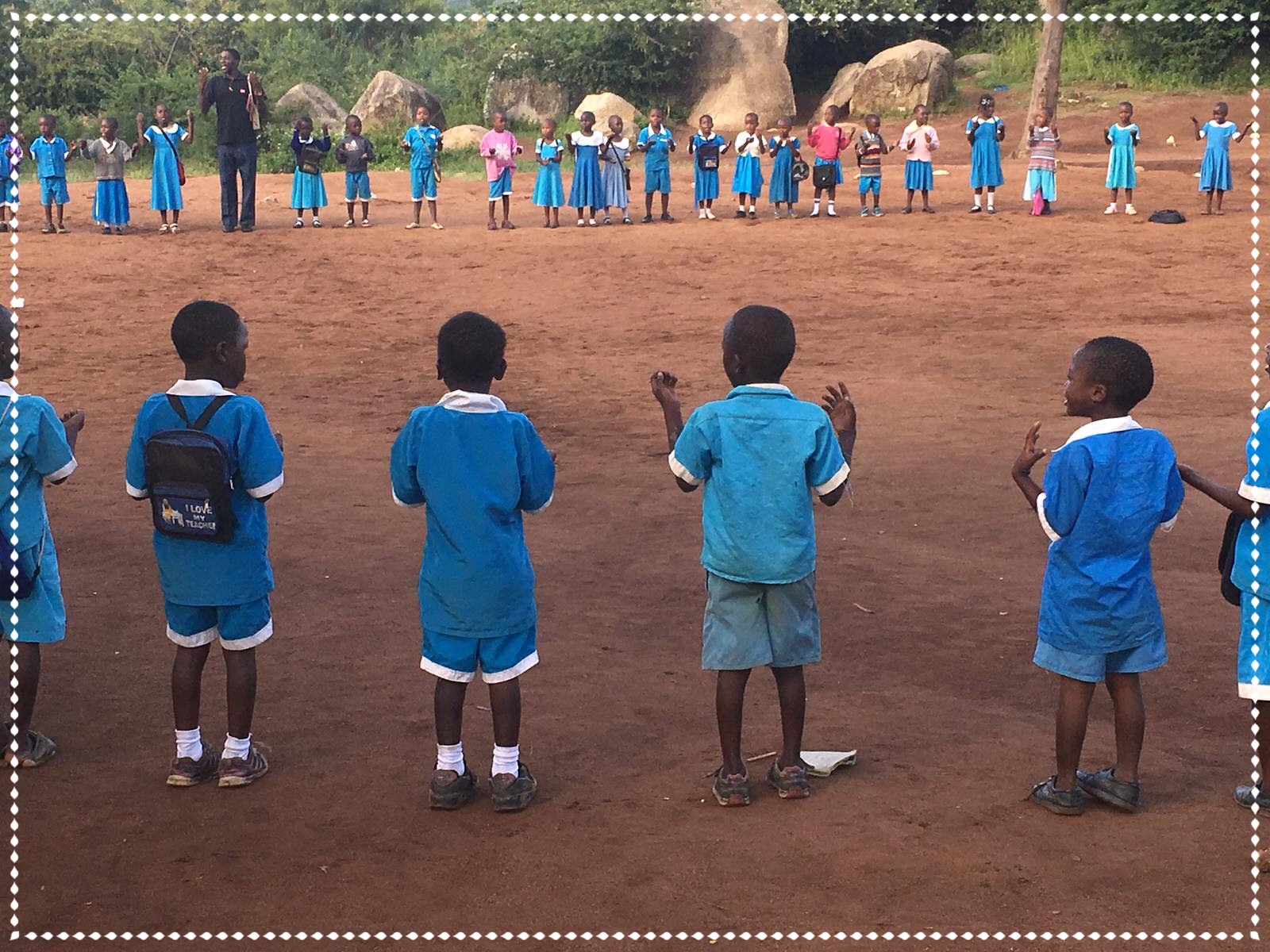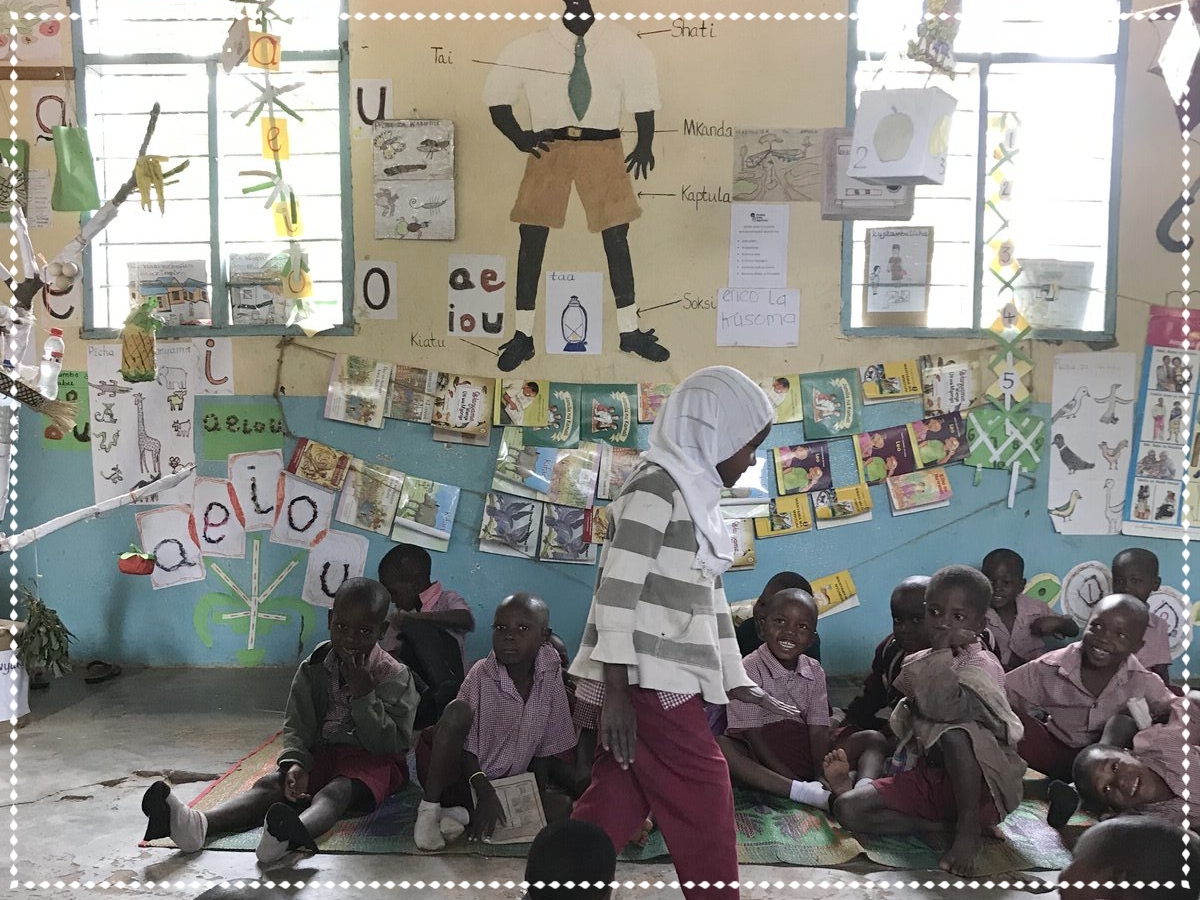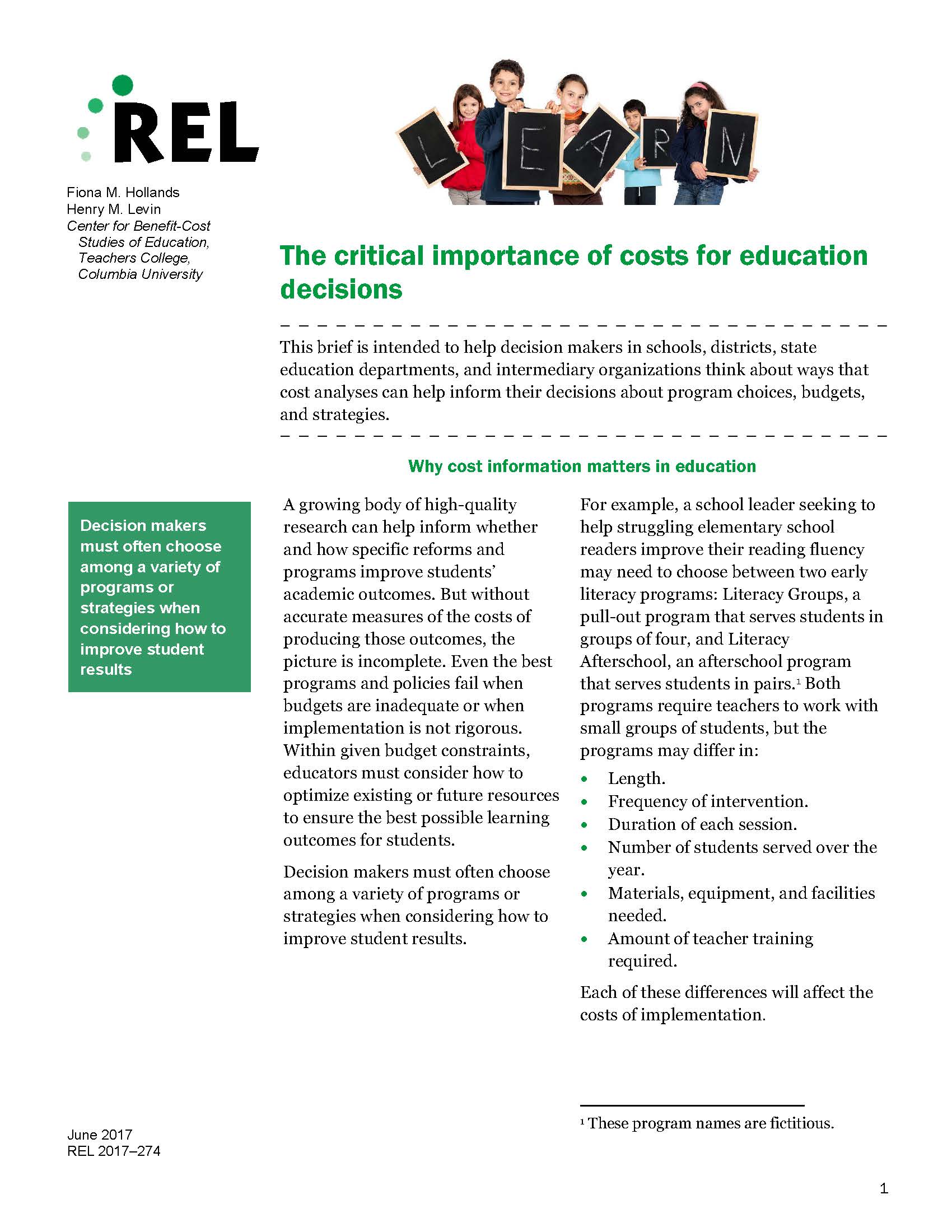Financing Pre-primary Education
Pre-primary education as a key foundation for later learning and development
Research confirms that the return on investment in human development is highest during the early childhood period. The estimated return is 7-16% annually for quality early childhood programs targeting vulnerable children¹. Compensatory programs provided later in life are more costly and less effective. The longer a society waits to provide support to learning and development, the more expensive it is to achieve results². The Lancet early childhood series makes a strong economic case for investing in young children. Investing in early childhood development in developing countries may yield up to a 17-fold return on that investment.
Financing pre-primary education in Tanzania (presentation)
Quality pre-primary education plays an essential role in laying the foundation for academic success and lifelong learning.[1] Researchers have concluded that ECE “can be an effective way to break the cycle of poverty.” However, “quality matters” and “high quality programs produce high quality outcomes” while lower quality programs yield disappointing results.[2] Despite the increased recognition of the potential of quality pre-primary education, key challenges, including (1) a worsening teaching shortage (2) overcrowding and high student enrollment , and 3) inadequate investment in staffing and resources, impede the implementation and sustainability of effective ECE.
The Government of Tanzania’s Education Sector Development Plan asserts that 20 percent or more of the total national budget should be allocated to education annually with pre-primary to receive 5 percent of this allocation. By 2020, the estimated cost of pre-primary will reach an estimated TSh 300,483 m (US ~$138 m) annually as net enrollment nears 40 percent. This estimate is likely low given increased enrollment. Both the enrollment and the funding gap are expected to grow. Even if funding targets were met, projections assume a growing funding gap—of about 17%—by 2025. This gap does not account for the costs of reducing the teacher or infrastructure shortage.
In practice, according to the Education Budget Brief (UNICEF 2018), the education sector received 15 percent from the overall budget in 2017-2018. This is a reduction from 20 percent of the overall budget in 2014-2015.3 (While the overall expenditure increased from TSh 3,970,666 to TSh 4,756,798, 20 percent of the overall budget would have been TSh 6,342,397.) According to the Government of Tanzania (GOT), the official annual capitation grant is Tsh 10,000 (Tsh 833 per month), however in practice, education officials and head teachers report that capitation grants are not aligned with enrollment and still omit pre-primary.
Assessing school finances, teacher-to-pupil ratios
We conducted Learning Agenda activities as Fursa kwa Watoto (FkW) was rolled out to intervention schools in 2016 and 2017 to assess priority evaluation questions. Here we present results from the telephone surveys with head teachers in which we collected monthly enrollment, attendance, and capitation grant data. For a full explanation of FkW, the Learning Agenda, and technical details of the evaluation, see https://www.fkwlearningagenda.com/.
Data collection during the project rollout
After a mapping of schools in districts in the Kilimanjaro and Mwanza regions, 81 schools were randomly assigned to the FkW intervention or the control group. Study groups were similar on school-level characteristics before the intervention was implemented. We conducted four rounds of classroom observations in the same schools, in May and November 2017 and March and November 2018. Of the 40 schools in Kilimanjaro (41 in 2018), slightly more than half of schools were intervention and the rest were control, while the 41 schools in Mwanza were nearly evenly divided between the intervention and control groups. We met with head teachers during these visits as well as made repeated follow up telephone calls to collect monthly data.
Findings
We found that schools receive capitation grants monthly, however the grant is approximately 33 to 50 percent less than the official amount. Capitation grants do not cover the basic costs of school operations, management, materials, exams, utilities, and maintenance and renovations. Following policies that convinced parents that they should not contribute to schools, Head Teachers report that along with stagnant capitation grants with, they have more students, fewer teachers, and decreased family contributions. These factors severely strain schools ability to provide quality pre-primary and the financial situation is worsening. The situation is particularly problematic in Mwanza where family contributions are low, there is a shortage of primary schools, and enrollment is exceptionally high.
With regards to family contributions, the percentage of families that contribute and how much they contribute varies by region. Education officials report that they educate parents on the need for contributions to pay for food, materials, volunteer teachers, and infrastructure. In Kilimanjaro, the parent contributions nearly match the amount of the per student capitation grant and contributions have increased over time. Donations from NGOs, private businesses, and other sources, such as revenue from school farms or in kind contributions account for a small share of school resources.
In terms of funding usage, most schools report investing in pre-primary teaching and learning materials, and improving the learning environment. While para-professionals comprise a small portion of the teacher workforce, are paid using parent contributions. In Mwanza, schools were more likely to use some of the capitation grant to fund pre-primary activities than schools in Kilimanjaro. This is likely because the Mwanza schools received minimal contributions from parents. Further, intervention schools, particularly in Mwanza, often used parent contributions for pre-primary. There are few resource differences between intervention and control schools.
Summary
Given the limited but promising findings, we urge the Government of Tanzania, and education officials at the regional, district, ward, and school level prioritize actions to improve pre-primary quality. In particular, given the declining resources (as a percentage of the overall budget) allocated to education; the extreme lack of resources for pre-primary education; and the fact that pre-primary students are not yet included in capitation grants, to achieve quality pre-primary education we recommend the following:
· Striving towards the 20 percent target allocation for education within Tanzania’s overall budget, including adding a budget line item specifically for pre-primary.
· Timely inclusion of pre-primary in capitation grants so resources can be allocated to learning areas and materials, building safe classrooms, and other infrastructure.
· Education officials and schools to work closely to educate communities on the need for contributions for infrastructure, materials, and feeding programs.
[1]The Lancet. “Advancing Early childhood development: from science to scale.” October 4, 2016. https://www.thelancet.com/series/ECD2016
[2] Heckman, J. “Early childhood education: Quality and access pay off.” The Heckman Equation. Available online at https://heckmanequation.org/resource/early-childhood-education-quality-and-access-pay-off/
Links to policy briefs and presentations
As we complete analyses, we will share data, key lessons, and recommendations inform teachers, schools, policymakers, and other stakeholders.






















